The President’s Sona and the agriculture budget
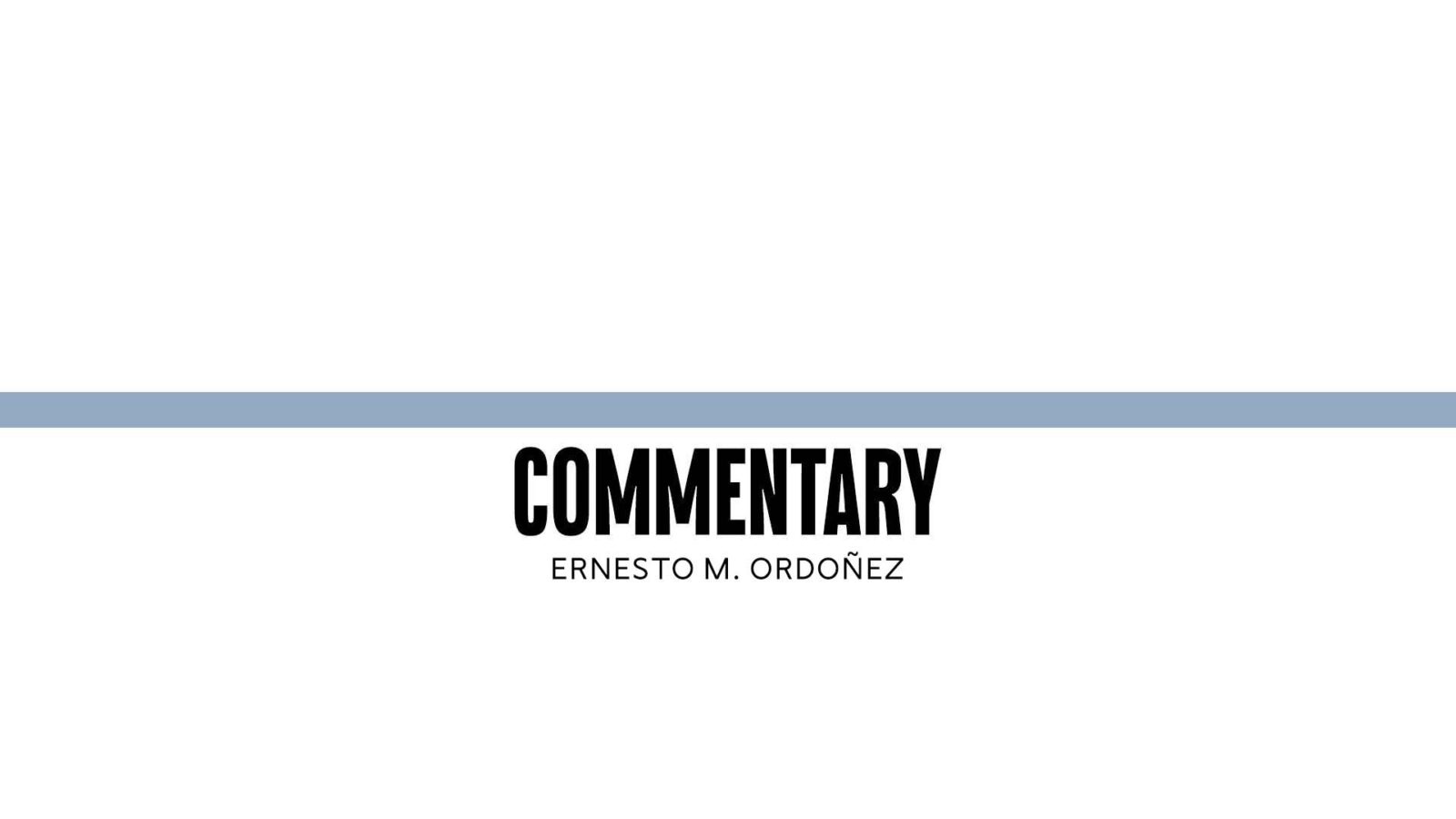
The Department of Agriculture (DA) budget must follow President Ferdinand Marcos Jr.’s directive during his State of the Nation Address (Sona): that budgets must be aligned with the priorities he has set. This is especially important for the DA. This is because Marcos has identified agriculture as “a core pillar of his economic agenda.”
Past experience
In the past, the DA has been plagued with massive corruption, such as the alleged Napoles million-peso kickbacks and the scandalous fertilizer scams. In his Sona, Marcos stated strongly that he will not tolerate corruption. DA Secretary Francisco Tiu Laurel Jr. has already been combatting corruption in an unprecedented way. During his watch, agriculture smuggling apprehensions increased fourfold. Because of evidence he collected, he has filed show cause orders against one undersecretary, three assistant secretaries, 10 directors and 33 employees.
It must be noted that waste does not happen only through corruption, but also through incompetence. An example is that, under a different administration, the DA Agribusiness and Marketing Assistance Services had an initial proposed budget distribution 40 percent for Kadiwa, 20 percent for Youth, and 0.7 percent for Market Intelligence and Information.
When the Alyansa Agrikultura recommended a significant increase in the latter to be better aligned with government priorities, they doubled the amount to 1.5 percent, or an absurd P12 million only.
Vietnam allocated a large portion of its budget to market intelligence and information. Whereas Vietnam was way behind us before, their 2024 $62.4 agriculture exports (meaning more jobs and less poverty) are now eight times our $7.8 exports. Thankfully, this previous incompetence has been corrected under today’s new administration.
Intercropping
Let us look at how the DA budget can be used more effectively, focusing on increasing competence rather than decreasing corruption. An example is intercropping. At the Sona, Marcos stated that for the poorest agriculture sector of coconut (where 49 percent of farmers earn less than P10,000 per year), 100 million trees will be planted through hybrid and high-yield varieties. This is most welcome—not only for higher coconut farmer incomes, but also for our agriculture exports. Last year, our agriculture export growth was 21 percent, higher than Vietnam’s 18 percent and Thailand’s 6 percent. But our challenge today is in more production, not better marketing We need more supply to continue this export growth.
There is a significant growth opportunity in our coconut industry. Of our three million coconut hectares in 65 out of our 82 provinces, two-thirds have nothing planted in between the coconut trees. Intercropping will triple farmer incomes and also increase our export growth.
In his Sona, Marcos talked about a strategic partnership with DOST. He cited the importance of technology for “agri-tech education and modernization.” This is certainly applicable to the intercropping opportunity—not just for coconut farms, but also for many other farms where the land is underutilized.
Advantages and disadvantages
There are benefits and risks in intercropping. A significant budget for technology and technology transfer is needed to address this effectively.
On the positive side, according to James Tababa, “Intercropping is a sustainable agriculture practice that involves planting two or more crops simultaneously in the same field to improve soil health and increase crop yields. It will also help to reduce soil erosion, manage pests and diseases and increase biodiversity.
On the other hand, according to GeoPard Agriculture, there are four significant disadvantages:
“(1) makes cultivation and harvesting difficult; (2) inadequate planning and practices may incur a huge loss for the farmer; (3) consumes more time; and (4) difficult to practice in large-scale farming.”
It is the appropriate technology and technology transfer that will enable the effective implementation of intercropping to achieve its benefits and avoid its risks.
Our agriculture budget places much emphasis on subsidies. More emphasis should be devoted to providing support for farmer productivity, and consequently, increased farmer incomes. This will be sustainable and necessary for the long term. A significant budget for technology and technology transfer would be more aligned with the stated Sona priorities than providing subsidies where they may not be necessary. This way, both corruption and incompetence will be addressed.
Marcos’ Sona points to the right direction. It is now up to the government and private sector to act jointly with the appropriate agriculture budget and make this direction a reality.
The author is Agriwatch chair, former secretary of presidential flagship programs and projects, and former undersecretary of the Department of Agriculture and the Department of Trade and Industry. Contact is agriwatch_phil@yahoo.com.


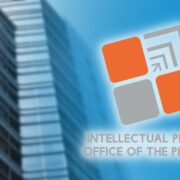


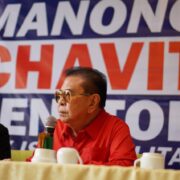

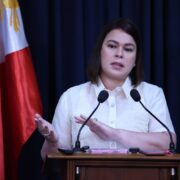


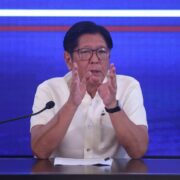

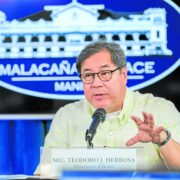

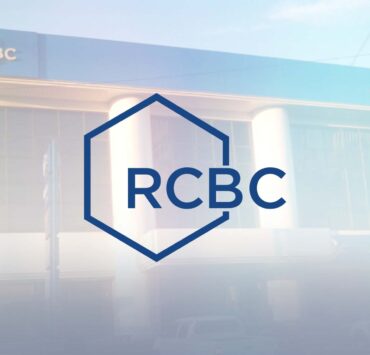
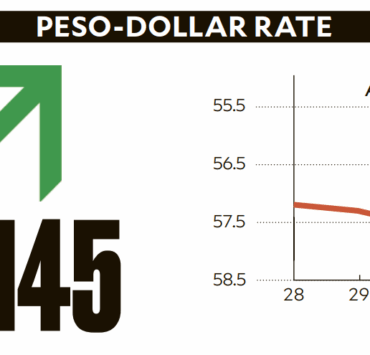
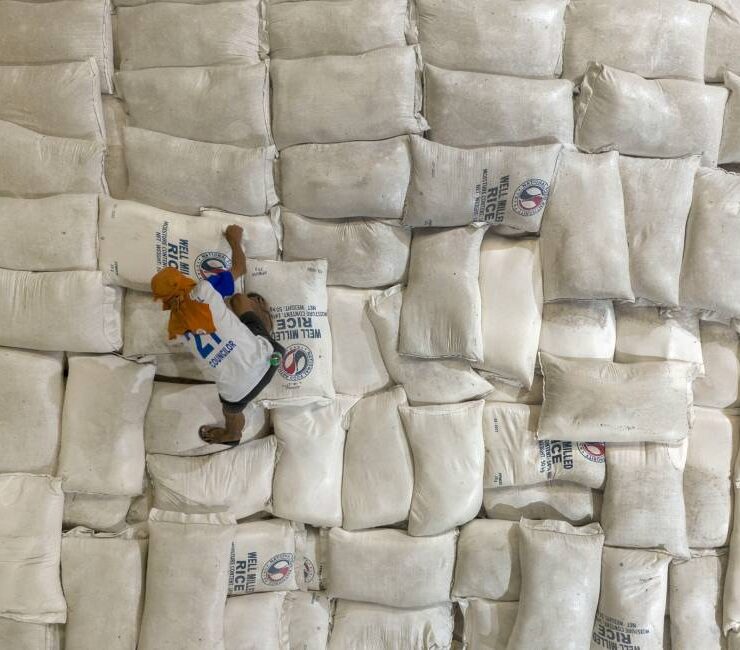
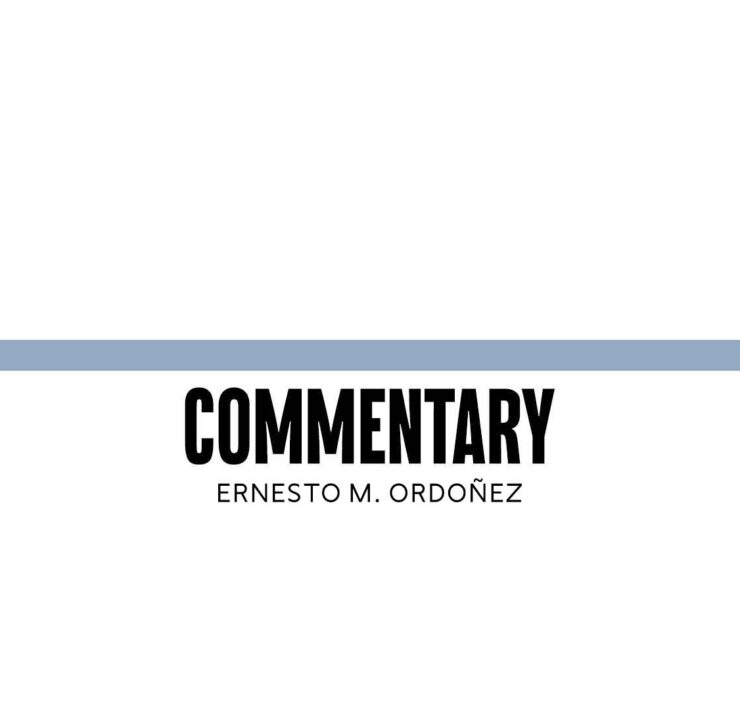
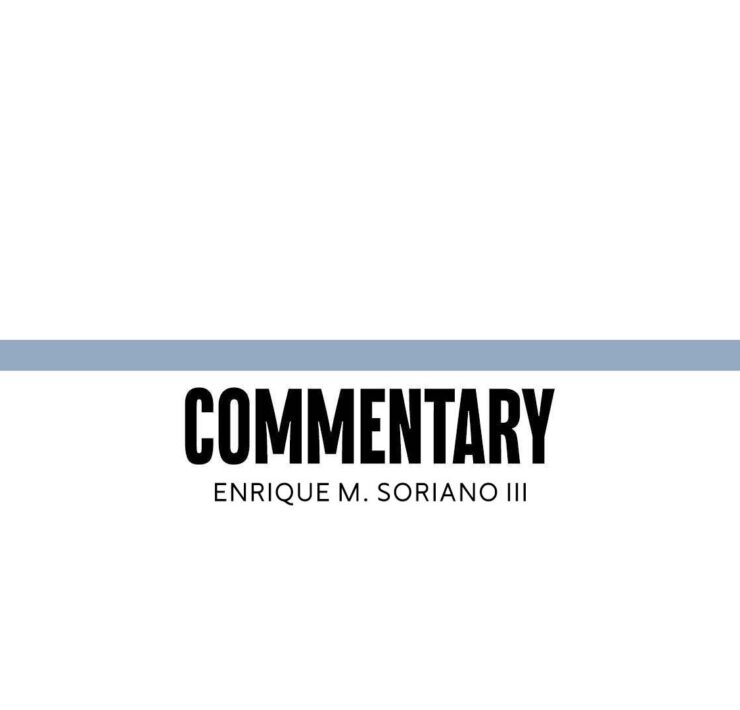


The unforeseen consequences of unprogrammed appropriations